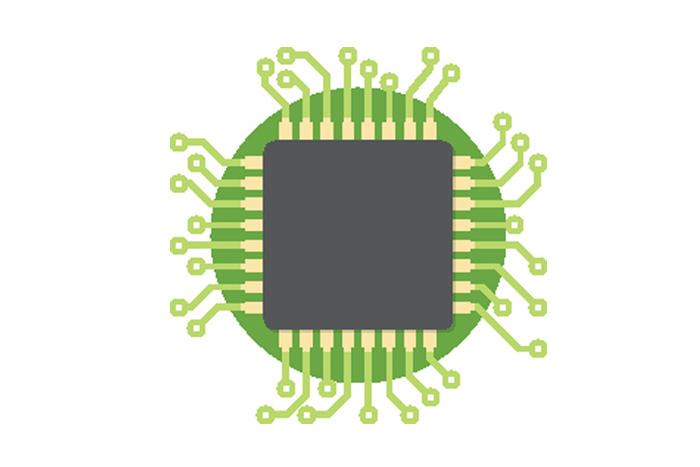Closing Thoughts: Machines to Make Us Happy

by Shawn Bender
At a liberal-arts college like Dickinson, the happiness of young adults is of primary importance to faculty and administrators, not to mention students. Worldwide, however, more and more people are beginning to worry about the happiness of older populations. With the exception of France and the U.K., all the countries of Western Europe have total fertility rates under the replacement level of 2.0. The United States has been under replacement level for the past two years, and its total fertility rate has been declining since 2008. Combined with the success of the modern welfare state in improving overall health, projections of future populations worldwide skew decidedly old.
In Japan, where references to the “low-fertility, high-aging society” (shoshi koreika shakai) appear regularly in governmental reports and popular media, consciousness of this demographic shift is particularly acute. Since 1989, when its birth rate hit what was then an all-time low of 1.57 births per woman, the Japanese government has taken measures to encourage couples to have more children. And while the birth rate has not increased significantly, the number of elderly continues to rise. Japan currently has the highest proportion of older adults in the world, with nearly a quarter of its population over the age of 65. In response, the country has begun exploring technical solutions to the problems posed by demographic change, particularly the development of robots for use in the service sector and in domestic spaces.
One of the first fruits of these efforts is a robot called Paro. Developed at the National Institute of Advanced Industrial Science and Technology, Paro looks like a baby harp seal, complete with synthetic white fur. This fur masks a sophisticated robotic skeleton, which is controlled by two 32-bit CPUs that process information received from sensors in its body, whiskers, ears and eyes. Paro can learn to respond to the voice of its “owner” and to use of its own “name” in multiple languages. Eleven actuators enable it to respond physically by blinking and moving its head, front paws and hind limbs back and forth. A tiny speaker provides audio feedback in the form of occasional squeals.
Sounds and movements are produced not directly in response to the actions of a handler but are generated by internal software programming that runs sensor data through artificial intelligence algorithms, thus creating more unpredictable, “lifelike” behavior. All of this technology is directed toward making the end user—usually an elderly person—happy.
Over the past few years, I have observed how care workers use Paro not only in Japan but also in Denmark, where the robot has been adopted enthusiastically. In most cases, Paro is used in interactions with elderly residents suffering with dementia. Nearly to a person the care workers attested to Paro’s ability to provide enjoyment and generate positive feelings in these residents. They emphasized the power of interaction with Paro to change negative emotions to positive ones, agitation to tranquility. In some cases, Paro was described in almost miraculous terms as the only device capable of making a particular resident happy or sociable. In others, it was thought of as a machine that could provide a momentary distraction or diversion for a resident who might be in a bad mood.
For some care workers, this change in affect was an end in itself. Much more commonly, however, care workers told me that the positive emotions Paro elicited also enabled them to provide better care. They liked to use Paro “so that …”: “so that it is easier for me to communicate with her; so that it is easier for me to change her diaper; so that it is easier for me to help her shower; or so that it is easier for me to get her to eat,” and so on. Paro thus has a positive effect on the work lives of those who care for the elderly as well as on the everyday lives of older adults themselves.
The robot Japan produced in response to a looming demographic crisis might then signal a new era of elder care, one in which the emotional needs of older adults are as important to support, for themselves and for their caregivers, as their material needs for food, shelter and medicine.
Shawn Bender is associate professor of East Asian studies. His research and teaching interests include contemporary Japanese society, popular culture, health and aging, demographic change and technology. This essay is adapted from a One College One Community lecture he gave in April.
Read more from the summer 2015 issue of Dickinson Magazine.
Learn more
Published July 28, 2015